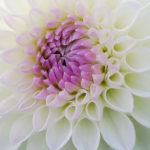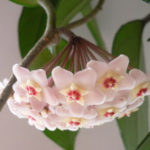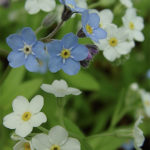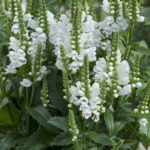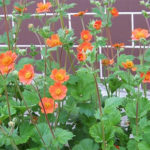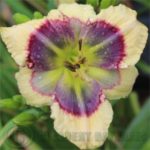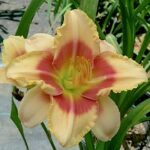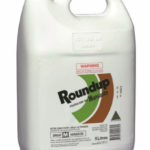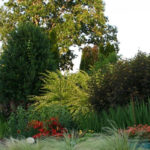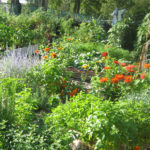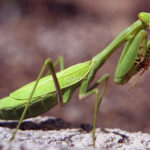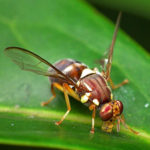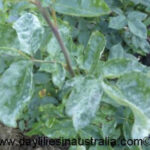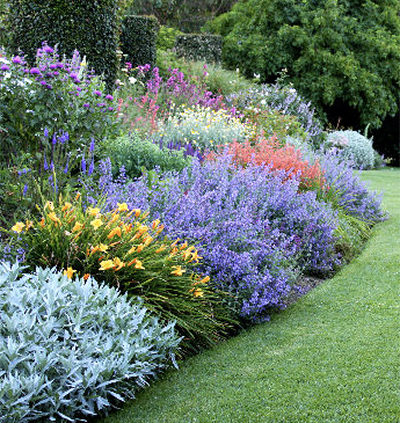
Herbaceous Perennial Plants
Herbaceous Perennial Plants – What Are They, How To Grow And Caring Tips
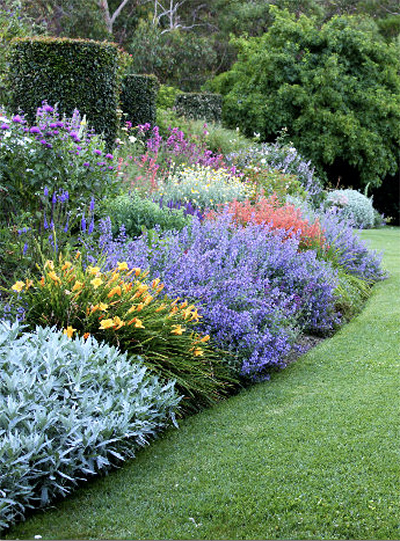 Any plant that has green, soft and succulent stem in spite of the wood and brown coloured stem is known as the herbaceous plant. These plants will die off to the ground during winter and colder climates. The roots of the herbaceous perennials will always be alive throughout the year. And the plant will re-grow back during spring time. Herbaceous perennials are a common sight, in every garden in many countries. These plants are quite versatile and always look attractive flowering in a wide range of areas from metropolitan to regional gardens around Australia. Many countries grow these perennials because they are very easy to grow and they do not need much care and maintenance. The herbaceous perennial plants is classified as plants that can survive for more than two years, but need to pass through a dormant period which is normally in the winter.
Any plant that has green, soft and succulent stem in spite of the wood and brown coloured stem is known as the herbaceous plant. These plants will die off to the ground during winter and colder climates. The roots of the herbaceous perennials will always be alive throughout the year. And the plant will re-grow back during spring time. Herbaceous perennials are a common sight, in every garden in many countries. These plants are quite versatile and always look attractive flowering in a wide range of areas from metropolitan to regional gardens around Australia. Many countries grow these perennials because they are very easy to grow and they do not need much care and maintenance. The herbaceous perennial plants is classified as plants that can survive for more than two years, but need to pass through a dormant period which is normally in the winter.
Why grow them?
Most herbaceous perennials can be used as borders in a garden, or be placed in groups of odd bunches to give the garden an interesting and amazing design. The flowers look attractive from a distance and can add special beauty to any garden. Once the roots of the perennials are well established in the soil, they need very minimal maintenance. They will offer you excellent value for money, if you happen to invest in them.
How to grow?
Before you plant the herbaceous perennial you bought from a local nursery, you need to dip the pot in a huge bucket of water. Once the bubbles stop rising from the water, this means the plant is well watered, and you can remove the pot and it is now ready for planting the plant.
- Soil Preparation
Remove any weeds or grass in the soil and dig it up to about 3 to 4 inches or required depth amount. Add a good organic compost or manure to make the soil nutrient obtainable, to aid in the plant growth. Mix it well with soil, then cover the manure with the soil.
- Planting the Plant
Once you have the soil ready, put into the ground or pot that you have readied. Dig a hole in the ground or the centre of the pot and then place the herbaceous perennial plant in such a way that the roots and the stem meets at soil level. Fill the soil around the plant and firm the plant in the soil using your hands.
- Water the Plant to Keep the Soil Moist.
The golden rule is to water soil grown roots deeply, 2 inches of water is needed weekly. This is for raised beds that have well drained soil. If the ground is not well drained more water is needed for the water to penetrate into clay or hardpan soil beneath the few inches of topsoil, especially if the plants are deep rooted. When container gardening in pots, don’t leave the pots to sit in a saucer full of water, otherwise the soil will be too wet and most likely will rot the plants in no time.
Caring tips
Caring for herbaceous perennial plants is normally straight forward. These types of perennials will thrive in moist soil, but will suffer in over watered soil. The herbaceous perennials plants show rapid growth during spring, providing them with all purpose fertiliser aids in natural growth. The next time you need to add fertiliser is when the plant starts to flower. Organic mulch is a common way of protecting herbaceous perennials in the winter. Old rotted pine bark mulch or lucerne mulch which is best, needs to be added to the soil during the summer. This will help to tie in with the top layer of soil. Sooner or later this will link into the existing soil in order to protect the plants and its roots. This will help by improving drainage and also adding nutrients to the soil, for the plants to take up at a later date. You can also add more mulch to the plant during winter in order to protect its crown from frost as well as to safeguard it from varying temperatures of the soil. Remove deadheads and dried flowers to encourage more blooms.
Dividing Herbaceous Perennials
You can divide the herbaceous perennials once they get overcrowded. This is simple to do, all you need to do is to lift some of the plant and split the plant to divide it. Then you can replant the plant in pots or back into the garden. Replanting every two to three years is an ideal option.
Selected examples of a herbaceous perennial plants are
- Bearded Iris
- Sedum
- Rudbeckia
- Lavender
- Geranium
- Salvia
- Kniphofia red hot poker
- Dianthus
- Penstemon
- Japanese Anemone
All these plants and more as well as the beautiful daylily are herbaceous perennial plants and leave behind an unforgettable vivid show. Daylily varieties grow in a wide mix of colours and are well known to gardeners around the world. Once the daylily plant is planted, and the roots are set in the ground and established they are also known as easy care herbaceous perennials.


